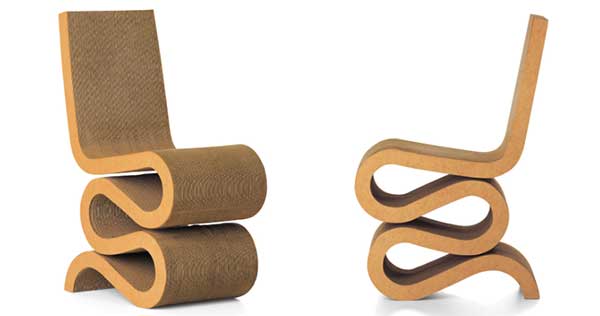Don Norman’s Emotion and Design: Attractive things work better
The most interesting part of this reading for me (as well as the most important, I believe) was the part about Affect Theory, and how it influences design considerations. I was always aware of the tenets of affect theory, as in its essence it is a core part of behavioral ecology, or how the behavior of animals influences their survival and reproduction, although I never knew of “affects” by name prior to this reading. I especially liked reading about affect, especially negative affect, being a threshold effect, with low levels of negative affect increasing concentration. That is because the negative affect mainly draws instinctual reactions of fear or anger, and both of these reactions have evolved specifically to increase concentration in survival situations. But when the negative affect gets higher, the fear/anger triggered gets overwhelming and leads to anxiety and freezing up, which to be fair is another evolution-designed response to challenges that cannot be solved by “fight” or “flight”. In general, as Norman points out, negative affect causes “tunnel visioning”, while positive affect causes the “broadening of the thought process”.
So, knowing about affects becomes an important consideration in design. This part of the reading is also highly interesting. Norman compares scenarios where there is a degree of external negative (like in emergencies or dangerous work), neutral (most day-to-day actions), or positive affect (like in creative and safe spaces). In the negative affect case, Norman asserts that designs should emphasize function and minimize irrelevancies. For example, emergency exit doors should, by design, immediately tell users which way they swing (besides they should swing outwards anyway to prevent crowd crush, but that is a matter of building codes rather than design). This is a sentiment Norman has expressed earlier in “The Design of Everyday Things”. But in a neutral and positive affect scenario, it becomes important to also consider design, and small sacrifices of functionality for good design becomes increasingly more tolerable in positive affect scenarios. For example, we often find ourselves gravitating towards better-looking pencil boxes, better-looking soap dispensers, ornate wall clocks and wristwatches, and sleeker smartphones, among others. In each case, as long as the product scores high enough on our mental calculations regarding usability and cost-effectiveness, we often do go for the more attractive product.
And this is most apparent when looking at phone sales. For example, recent iPhones (like the 14 and the 14 Pro), actually have higher sales in colors like Purple, Gold, and Blue than even Black (an ever popular color), and significantly higher sales than Silver/White. iPhone colors (other than Red), generally do not cost a user more, so in the absence of any influence of design on sales, the expected result would have been a near-even distribution of sales across all color options, or at least a distribution that reflected production and availability (because Black is usually overproduced compared to other colors). The fact that the sales distribution is skewed goes to show that beautiful products are automatically seen as more attractive.
Her Code Got Humans on the Moon—And Invented Software Itself
This reading was very inspiring. I had known of the work of female mathematicians like Katherine Johnson and Dorothy Vaughan on the Mercury and Apollo programs, mostly due to the film Hidden Figures. Their work on calculating trajectories and backup trajectories for the Apollo mission was instrumental in the program’s success and even saved the life of the Apollo 13 astronauts. However I was unaware of the key contributions of Margaret Hamilton to both the moon landings and modern software design, through her work on the Apollo In-flight Guidance Computer.
I was especially surprised at reading how, despite Hamilton’s insistence to include exception handling in the software (which is now essentially a software engineering 101 concept, as far as I’m aware), NASA had nearly rejected it as being too excessive. However, Apollo 8 had shown the importance of such error handling. I had also heard about Apollo 11’s memory overflow error before (apparently a result of the navigation RADAR being left on past when it was supposed to be used), but through this article, I learned that Margaret Hamilton was the one who came up with the solution to it.
Reading further about this incident, I found out about another contribution of Margaret Hamilton to the success of the Apollo 11 mission, specifically when it came to interaction. While the “priority displays” exception handling mechanism was innovative, the low processing power and slow speeds of the Apollo 11 computers meant that there was a risk that the astronauts inputs and the computer could go out of sync while it was trying to load up the priority sub-routines. This was why Hamilton put a standing instruction that when the priority displays came online, astronauts should wait for 5 seconds for everything to load up properly before putting in any inputs, which helped prevent knock-on memory overflows and asynchronous input-output logic.
Overall, Margaret Hamilton’s work is highly inspiring and aspects of it can still be seen in software design today.

